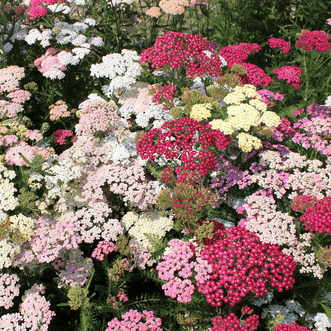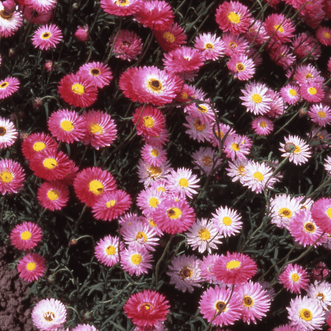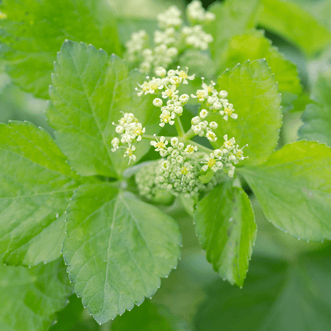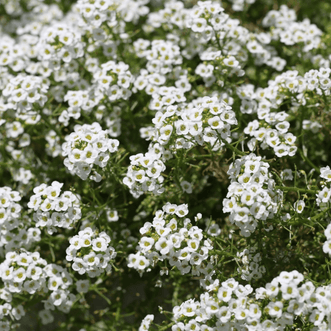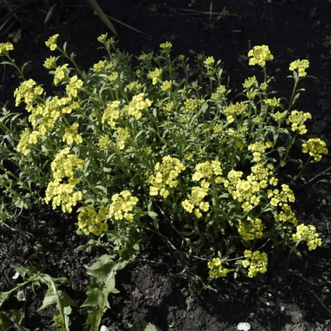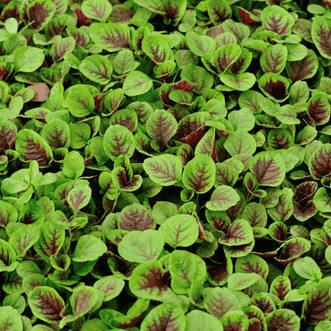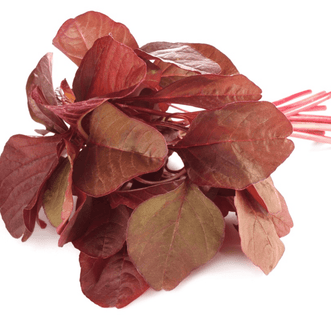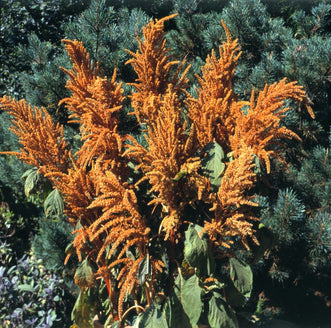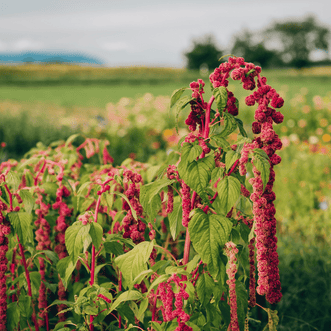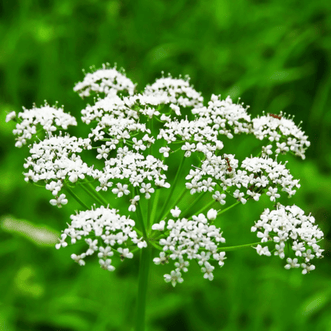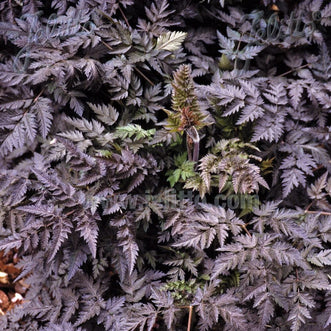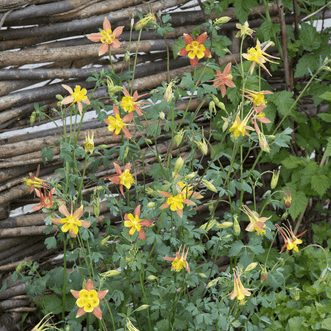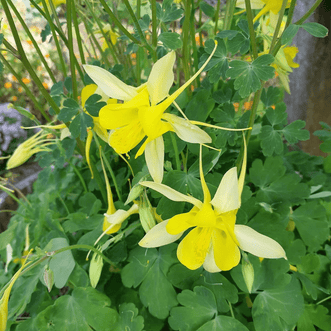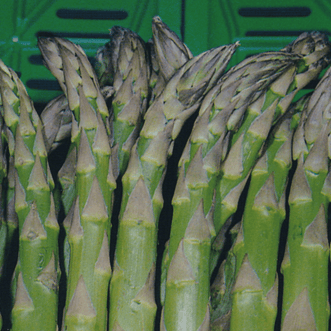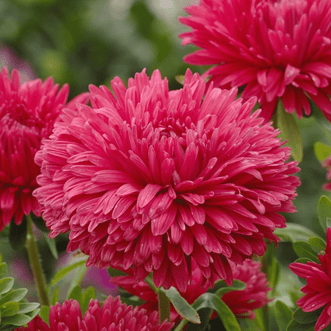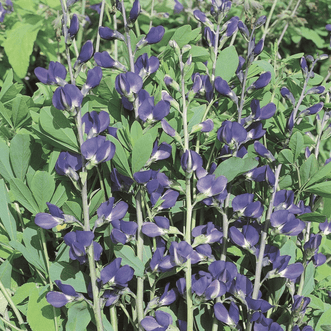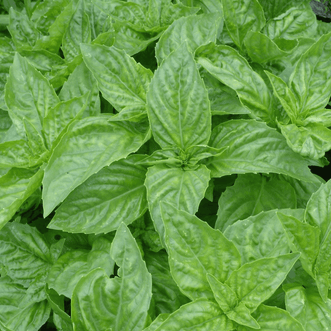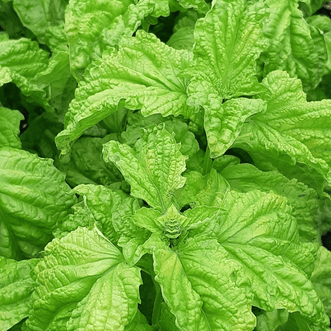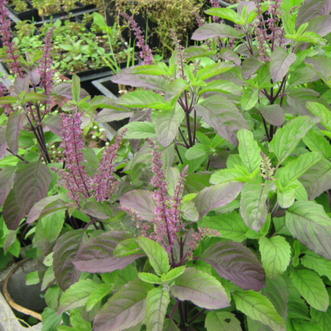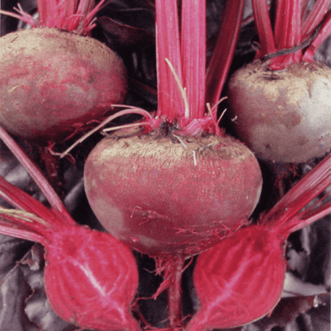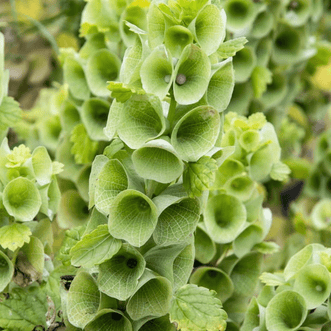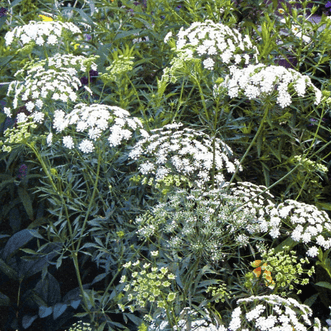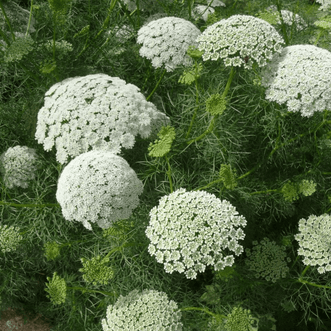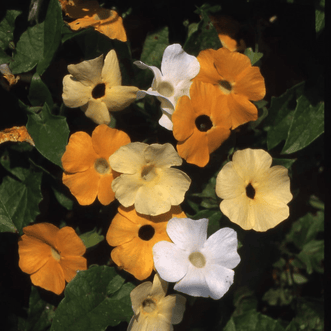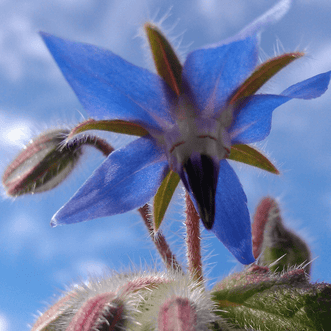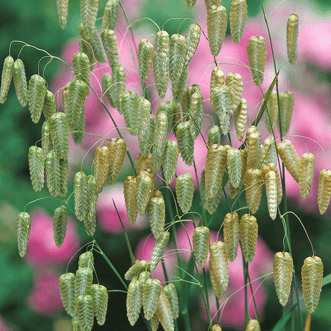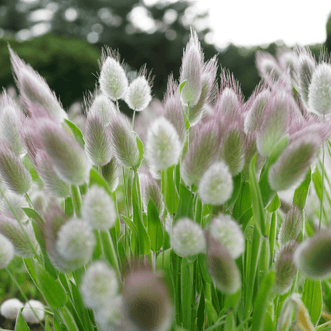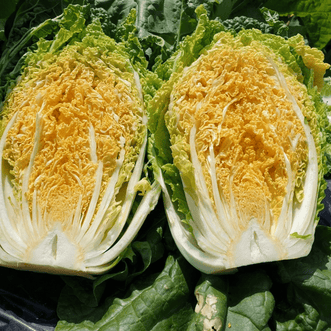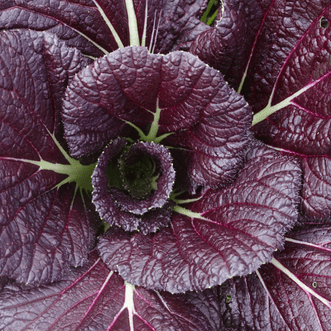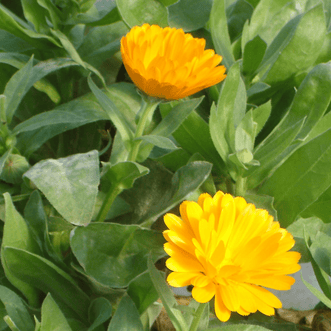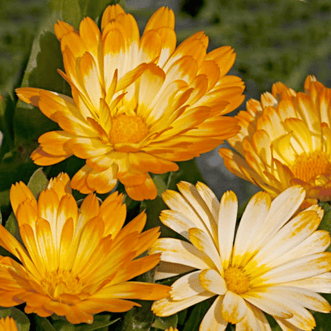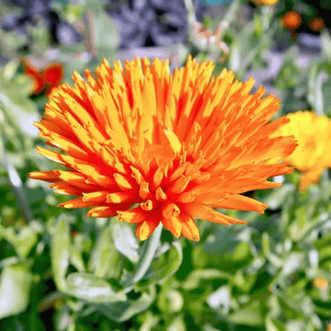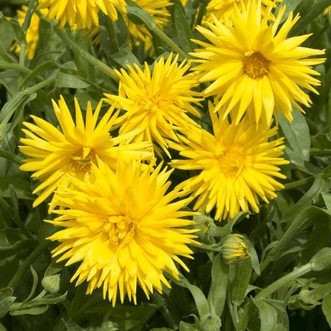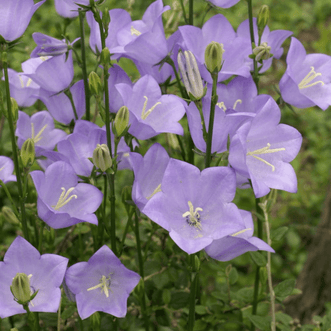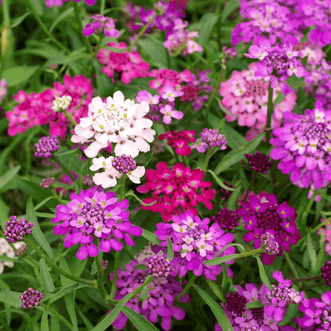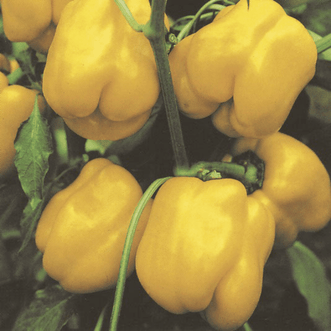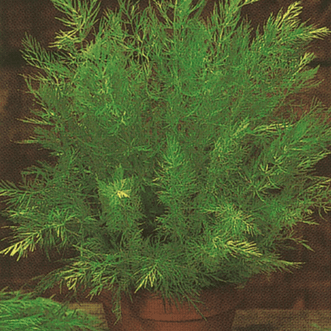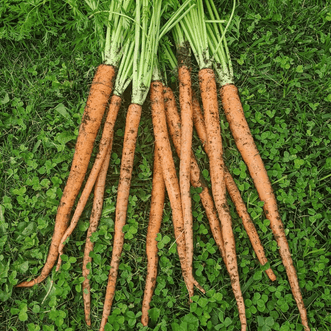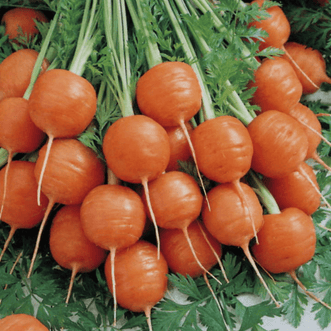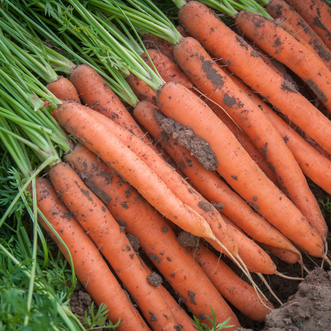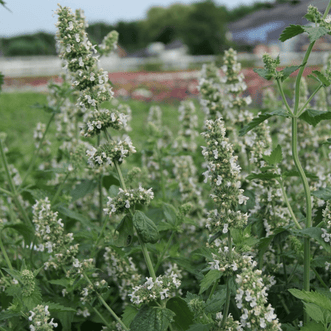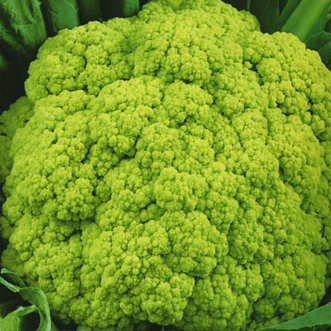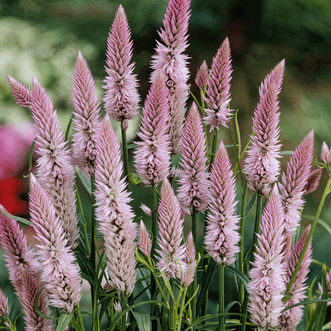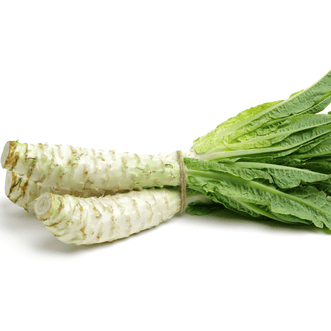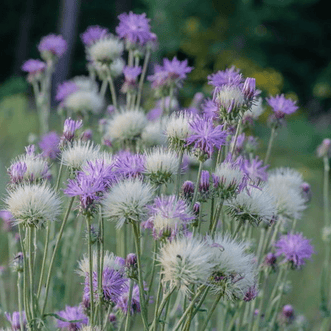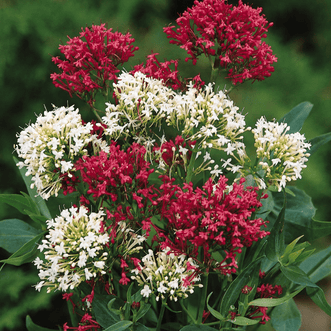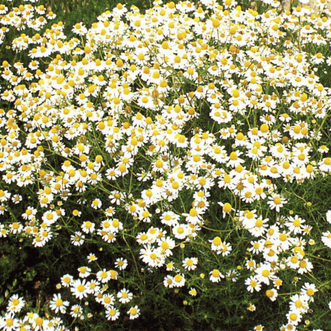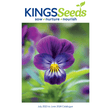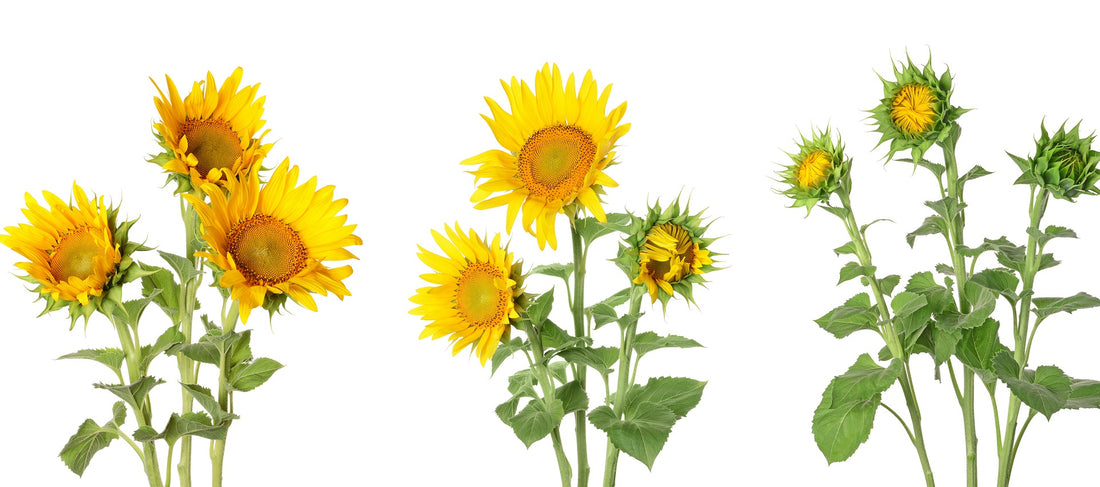
Growing the Best Sunflowers
GerardSunflowers are a great way to add colour to your garden, to provide you with amazing cut flowers
and, best of all, they’re so easy to grow with very few problems...
Gone are the days when only very large golden sunflowers laden with pollen were available. Thanks to modern breeding techniques, there's now a wide choice of colours from creamy white through the shades and bicolours of yellow and orange, right onto the very dark hues of burgundy red and chocolate. If it's dwarf varieties you need for pots and front of the border that’s not a problem. Neither are pollenless, day length neutral types or ones with a multi-branching habit. Even when there's a need for bragging rights and a super giant selection that grow to 5 metres tall, there's a sunflower for you.

To clarify what day length neutral and pollenless mean... Some varieties have been bred to flower a certain number of days from sowing, rather than taking fewer days in summer and a few more during the months with shorter days. Pollenless hybrids are ideal as cut flowers as they are sterile and 99% won't produce any pollen. Both are traits sought after by commercial growers who are planning on a continuity of production of high quality flowers or are targeting a certain date for them to be ready.

Open Pollinated (meaning you can save the seed for next season) varieties still have their place in the garden as they are great providers of nutritious pollen for bees and other pollinating insects, whilst leaving flower heads on plants in the autumn months will give the birds in your garden some welcome protein rich seeds on which to feed.

For pots or containers, try Firecracker, Orange Hobbit or Tinies.
For cut flowers, the range of Procut varieties are world class especially Pro Cut Orange.
Kong will give you an enormously tall plant and flower to brag about.
Incredible Dwarf, Autumn Beauty and Feed the Birds and Bees are laden with yummy pollen for the bees.

Sunflowers can be sown directly into the garden where they are to grow or into large pots after the danger of spring frosts have passed and when the daytime temperature is over 15°C. Generally this will be from the beginning of October onwards in most parts of NZ, maybe a couple of weeks later if you’re inland or in the South. Sunflower seeds don’t need to be soaked before sowing - warm moist soil conditions will stimulate the seed to swell and split its fibrous skin.

This is the time when the seedling is most vulnerable to predation though. The succulent emerging shoot is a magnet for any handy slugs and snails so Slug Bait is a good investment. On emerging from the soil, birds will also target the seedlings often pulling them out and leaving them to dry out on the soil surface. Thrushes, Blackbirds and Pukekos are the biggest culprits for this annoying practice.
Sunflowers enjoy evenly moist humus rich free draining soil but will also thrive in less than ideal conditions when they have to. Over the summer months when we haven’t had much rain and the ground is compacting and dry, a morning water will keep plants healthier and help them be more pest and disease resistant. Sunflowers have an inherent sense of space and given room will grow bigger stems, leaves and flower heads. Sown too closely or overshadowed by other plants and the stems will be weak and spindly with smaller flower heads.

Nearly all of our sunflowers seeds have been bred overseas and, as part of NZ Biosecurity Import Regulations, they're required to be treated with fungicide. This is a very low toxicity fungicide applied in minimal quantities that is not harmful to humans and breaks down very quickly in the soil. However, to be on the safe side, we recommend that you keep the treated seed away from children, don’t feed it to birds or animals and wash your hands after handling it.

